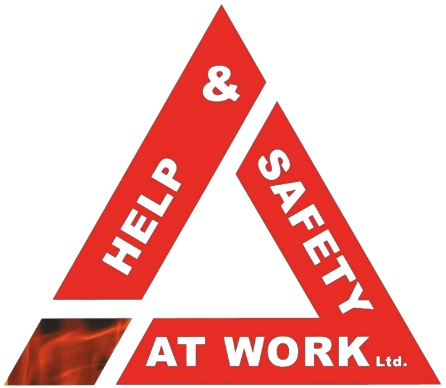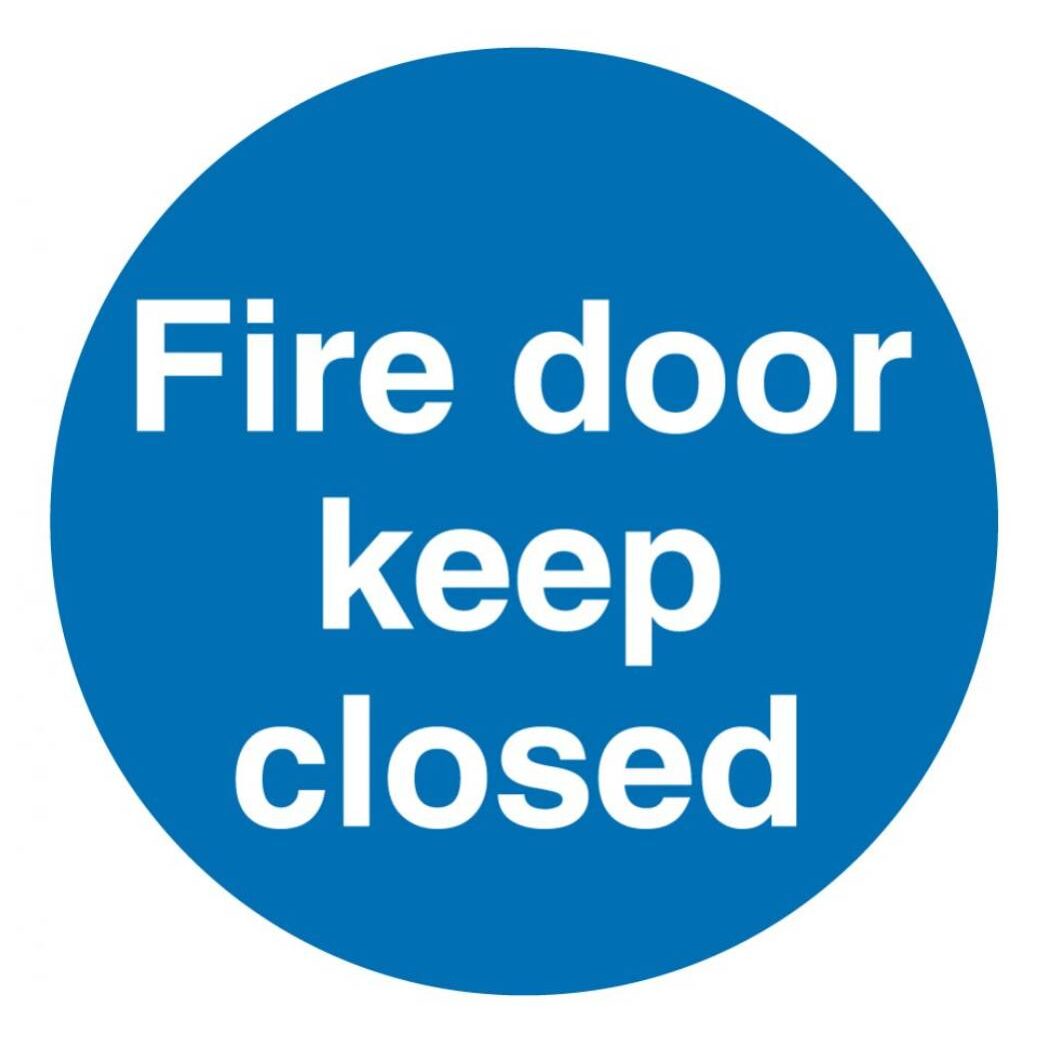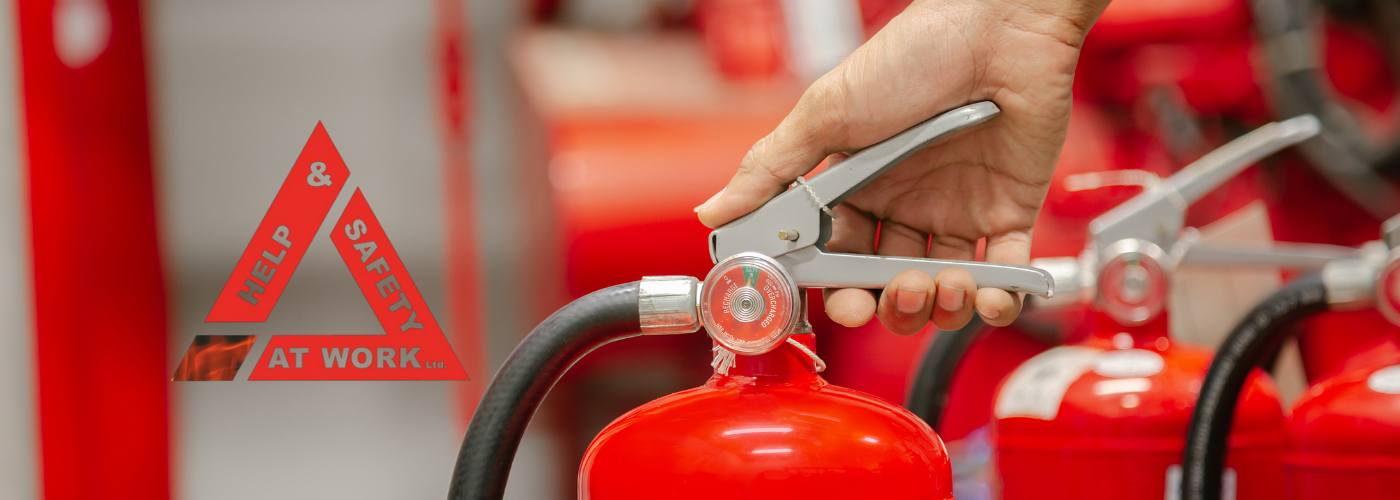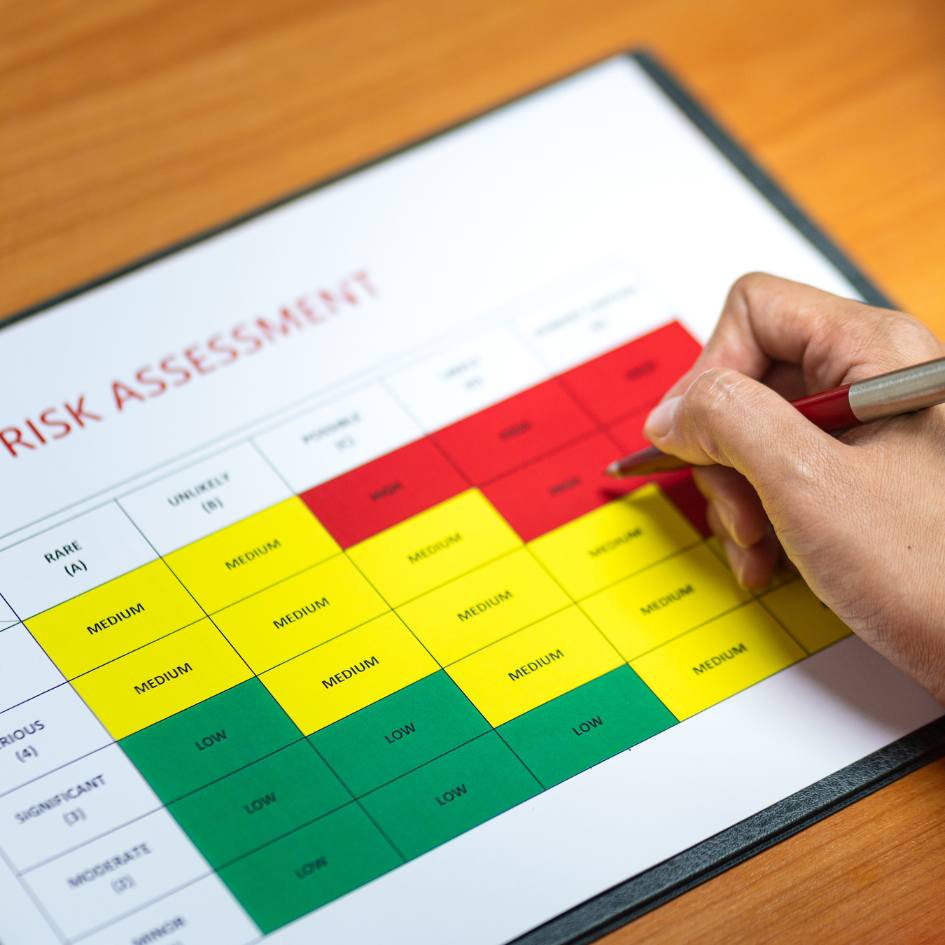Fire door signage is more than just symbols on doors – they are crucial indicators of safety, security and navigation throughout the building, especially in an emergency.
In this blog, we will dive into the importance of fire door signs, exploring their significance in ensuring compliance and safety, what signs are required and where they should be placed.
Understanding Fire Door Signs
Fire door signs are essential visual cues to convey critical information about the fire door.
Definition and Purpose:
- Fire door signs commonly consist of bold typography on a bold, striking blue background. These signs can be either in the format of a sticker or to achieve a higher quality finish, metal can be used.
- Their primary purpose is to provide clear guidance to occupants about the fire door. These signs instruct people to keep the door locked, shut, clear etc.
Common Fire door Signs
Numerous fire door signs are available, each serving specific purposes based on safety criteria. Understanding this is essential for determining the appropriate placement of fire door signs.
Fire Door Keep Closed:
- These signs are typically placed on doors leading to fire-rated compartments, stairwells, or areas containing flammable materials. They remind individuals to keep the door closed to prevent the spread of fire and smoke.
Fire Door Keep Locked:
Install on doors that are routinely closed and do not have a self-closer installed.
Fire Door Keep Clear:
Placement: Place on both sides of fire doors, especially those equipped with automatic closing mechanisms.
Criteria: Install in areas prone to congestion or where obstructions may impede the proper functioning of the door. Ensure there is enough clearance around the door to allow it to close automatically in the event of a fire.
Fire Door Keep Shut:
Install in areas where occupants may be tempted to wedge doors open, such as corridors, utility rooms, or communal spaces. These signs remind individuals to keep the fire door shut to maintain its integrity and prevent the spread of fire and smoke.
Automatic Fire Door Keep Clear:
Criteria: These signs are placed in areas equipped with automatic fire doors, such as building entrances, corridors, or high-traffic areas. They remind occupants to keep the space around the door clear to help its automatic closing during emergencies.
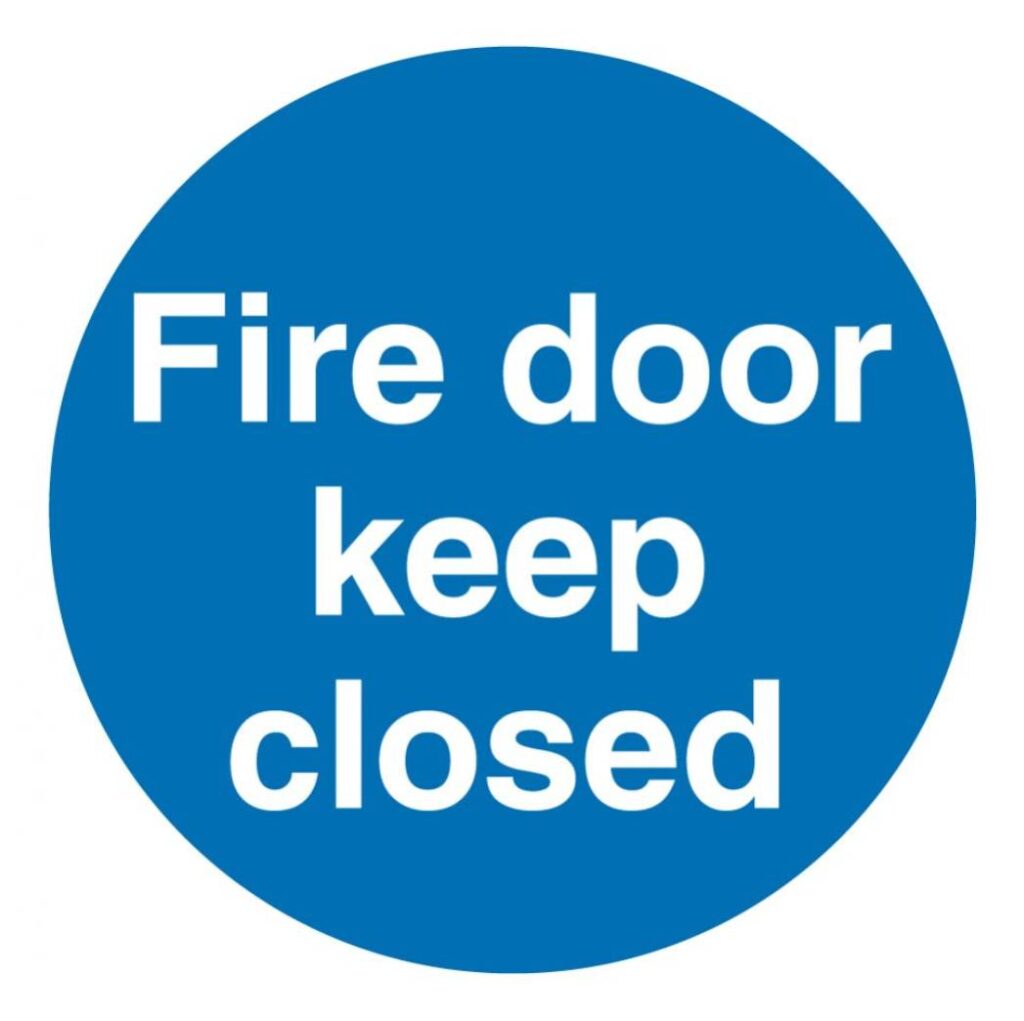

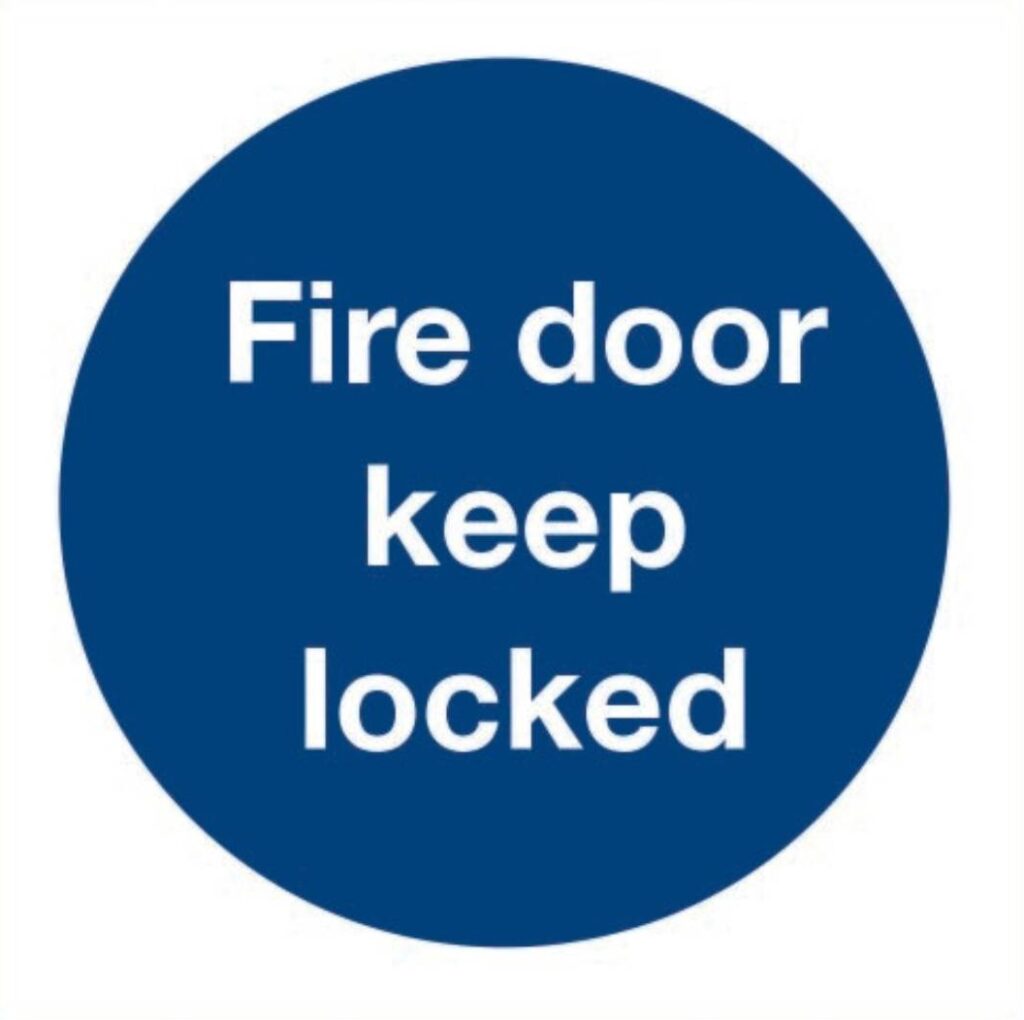







Fire door signs are indispensable elements of building safety, ensuring compliance with regulations and facilitating effective emergency response. Building owners, managers, and occupants must prioritize the maintenance and visibility of fire door signage to safeguard lives and property. By understanding the importance of fire door signs and adhering to best practices, we can create safer environments for all.
Staying Complaint
Compliance with fire door signage regulations is a critical aspect of fire safety in both commercial buildings and domestic dwellings, including houses in multiple occupation (HMOs) and shared living spaces.
Commercial Buildings:
Regulatory Standards: Fire door signage in commercial buildings is governed by various regulatory standards, such as the Building Regulations and T Regulatory Reform (fire safety) Order 2005. These regulations outline specific requirements for the installation, visibility, and maintenance of fire door signs to ensure compliance with fire safety standards.
Placement Guidelines: Proper placement of fire door signs is essential for ensuring their visibility and effectiveness. Signs should be installed on or near fire doors at eye level and in locations where they can be easily seen by occupants and emergency responders. Additionally, signs should be placed on both sides of fire doors to convey instructions to individuals approaching from either direction.
Maintenance: Signs must remain intact to effectively communicate safety instructions during emergencies. Regular inspections and maintenance are necessary to ensure that signs are not obscured, damaged, or faded over time. Any signs that are missing should be promptly replaced to maintain compliance with regulations.
Domestic Dwellings (HMOs and Shared Living):
HMO Licensing Requirements: HMO properties are subject to specific licensing requirements related to fire safety, which may include provisions for fire door signage. Landlords are responsible for ensuring that fire door signs are installed and maintained by regulatory standards to protect the safety of occupants.
Tenant Responsibilities: Tenants in HMOs and shared living arrangements have a responsibility to comply with fire safety measures outlined in their tenancy agreements, including adhering to fire door signage instructions. Tenants should be educated about the importance of fire door signs and their role in emergency evacuation procedures.
Landlord Obligations: Landlords of HMO properties are legally obligated to ensure that fire door signage is installed and maintained to meet regulatory standards. This includes regular inspections to verify the visibility and condition of signs and addressing any deficiencies promptly.
Accessibility and Awareness: Fire door signs should be positioned in areas that are easily accessible and visible to occupants, particularly along escape routes and near fire doors. Landlords should also take steps to raise awareness among tenants about the significance of fire door signage and the importance of compliance with fire safety regulations.
